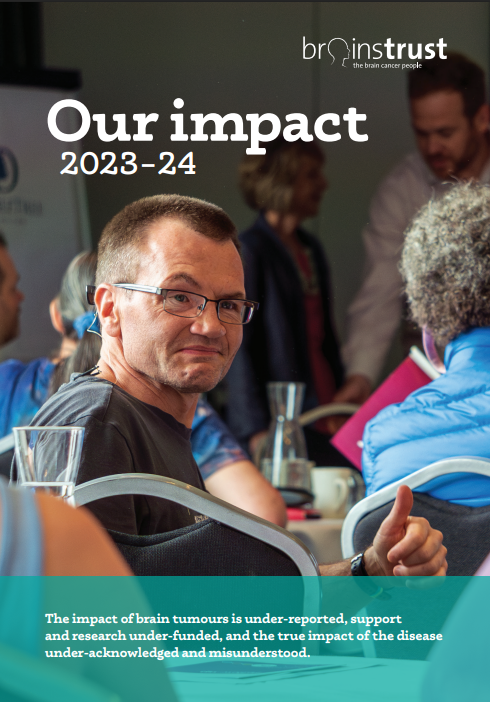Shop brainstrust this Christmas
Treat your loved ones this Christmas with gifts from the brainstrust shop, and the funds raised will help people with a brain tumour this festive season and beyond. This handy gift guide will help you pick the perfect presents!
Click here to find out what events we’re running for people with a brain tumour and their loved ones in December.
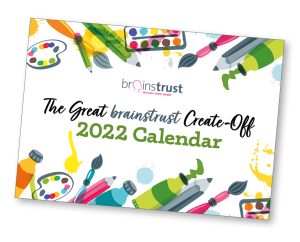 For the creative ones
For the creative ones
The Great brainstrust Create-Off 2022 Calendar – £7.50
Perfect for your loved ones with an appreciation for all things creative, The Great brainstrust Create-Off 2022 calendar features artwork produced by talented members of the brain tumour community.
This is a limited run, so order yours now before we sell out!
For someone who deserves some TLC
The brainstrust care package – £40
 Full of our best-selling items, the brainstrust care package is a perfect hamper for anyone deserving of a real treat. You can add a customisable gift note and we lovingly wrap the package with tissue paper and ribbon.
Full of our best-selling items, the brainstrust care package is a perfect hamper for anyone deserving of a real treat. You can add a customisable gift note and we lovingly wrap the package with tissue paper and ribbon.
The care package includes:
– our new for 2021 zip-up grey hoodie, featuring a small white graphic symbolic of the brain tumour community, with our brainstrust charity logo printed on the sleeve.
– a brainstrust water bottle, with 650ml capacity, the bottle is made from 100% recycled ocean-bound plastic, is BPA free and fully recyclable.
– a brainstrust grey beanie hat, warm and cosy, and perfect for winter months (one size fits all).
– and a pair of blue socks, double tread anti-slip (one size fits all).
For the ones who love getting cozy
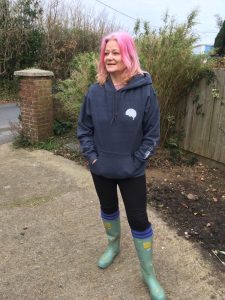
Pullover hoodie – £19.99
Zip up hoodie – £19.99
Beanie – £8.99
The grey brainstrust hoodies are perfect for keeping warm over the winter months. Choose from pullover or zip-up styles, and pair with our stylish grey beanie to complete the look!
For the friends who don’t want a present
On behalf of your loved one, why not give a gift that helps people with a brain tumour? We’ll send you a gift card for you to give to your loved one, so they can see how their Christmas present has supported someone facing Christmas with a brain tumour.
Give the gift of support – £20
Fund a phone call with one of our support specialists for someone feeling afraid and alone following their brain tumour diagnosis.
Give the gift of knowledge – £40
Cover the costs of a brain box, our essential toolkit full of resources and information for people with a brain tumour and their loved ones.
Give the gift of community – £10
Help people stay connected during a time of isolation by funding places at our online and face-to-face events.
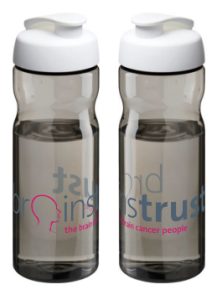 For the active ones
For the active ones
Refillable water bottle – £7.50
Handy for the gym, at home and on the go, the brainstrust bottle is made from 100% recycled ocean-bound plastic, and is completely recyclable – making it a great gift for eco-conscious loved ones too!
Stocking fillers
And no Christmas gift guide is complete without some stocking filler ideas! These items would also make perfect table presents or even cracker gifts!
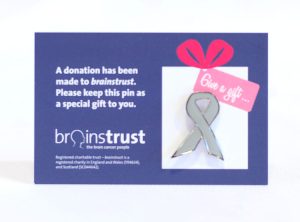
Wristband – £1
Ribbon pin – £2.50
String bracelet – £2
Thank you for doing your festive shopping with brainstrust, and for helping people with a brain tumour feel less afraid and alone this Christmas.

